
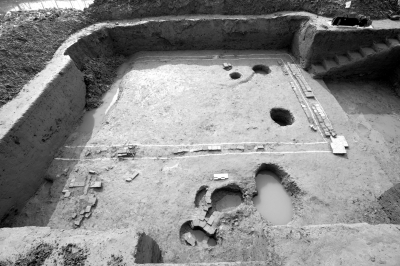 |
| (Guangming Daily) |
Key Words:Cultural relics, history; archeology
Related Reading:
>>What’s the way out for China’s cultural relics protection?
>>Ancient skills face lost as beauty of Buddha fades away
More than 2,000 porcelains of the Tang Dynasty (618-907 AD) have been unearthed from an ancient town in Qingpu District that served as Shanghai's earliest port for foreign trade, the Shanghai Museum announced yesterday.
Most of the porcelain teapots, bowls and jars from Qinglong Town were made by famous southern Chinese kilns like Jingdezhen and were to be shipped to other Chinese regions as well as to Japan and India.
"Currently, the first established Shanghai town is believed to be Huating Town in the city's northwest, which dates from the Tang Dynasty. But the findings from Qinglong Town may push that date back five years,'' an official with the museum said.
Other findings include four furnaces in a 60-square-meter area thought to have been an iron workshop.
Five ancient wells also were found nearby, and bronze mirrors, three-legged iron pots, silver hairpins and other objects were discovered in the wells. The objects were for daily use of the residents and were thrown into the wells after they were broken, an archaeologist with the museum said.
"Bronze and iron staffs found in the wells were believed to have been made in the workshop," he added.
A 4-meter-deep well decorated with bamboo is the deepest and most delicate ancient well that has been found in the city, he said.
Excavation began in October and will continue, said Chen Xiejun, curator of the museum. Some objects will be exhibited when the excavation is done.
Blessed with a sophisticated river network, Qinglong Town stood out as a wealthy settlement along the southern Yangtze River during the Tang and the Song (960-1279) dynasties. Its prosperity was even compared to that of Hangzhou, capital of the Southern Song Dynasty (1127-1279), and it was dubbed "little Hangzhou."
Silting at the port and a war during the Yuan Dynasty (1271-1368) sent the town into decline, but it still was important locally.
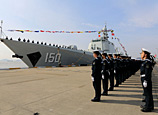
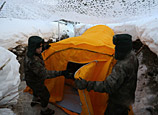
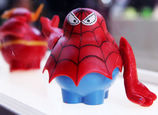
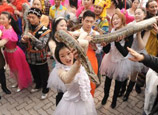
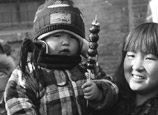
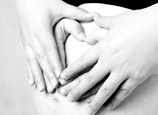


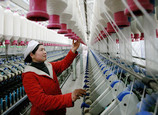







 Most feared Spring Festival questions
Most feared Spring Festival questions


![]()
